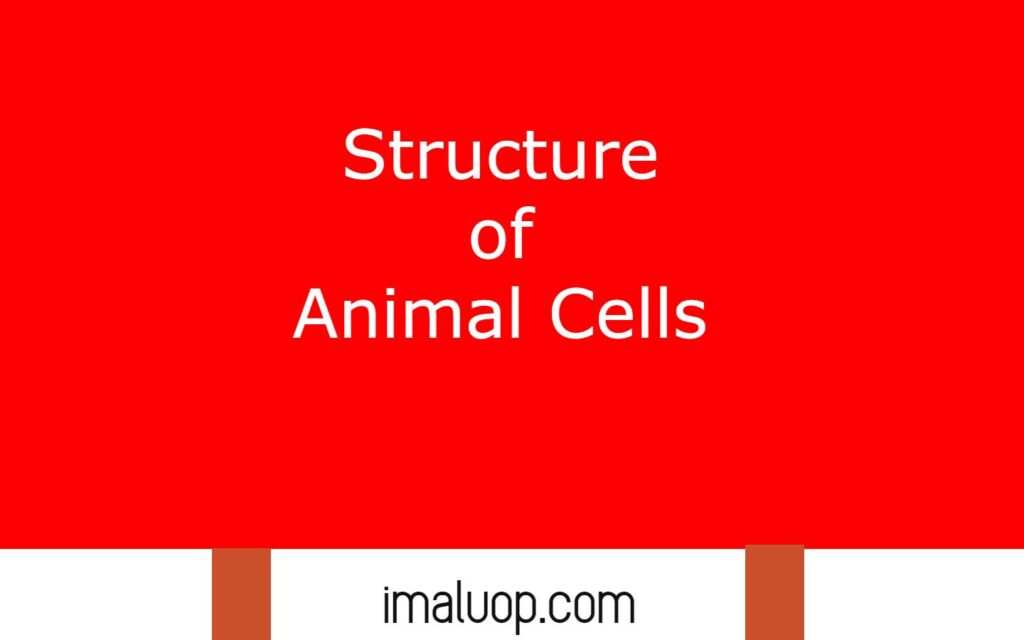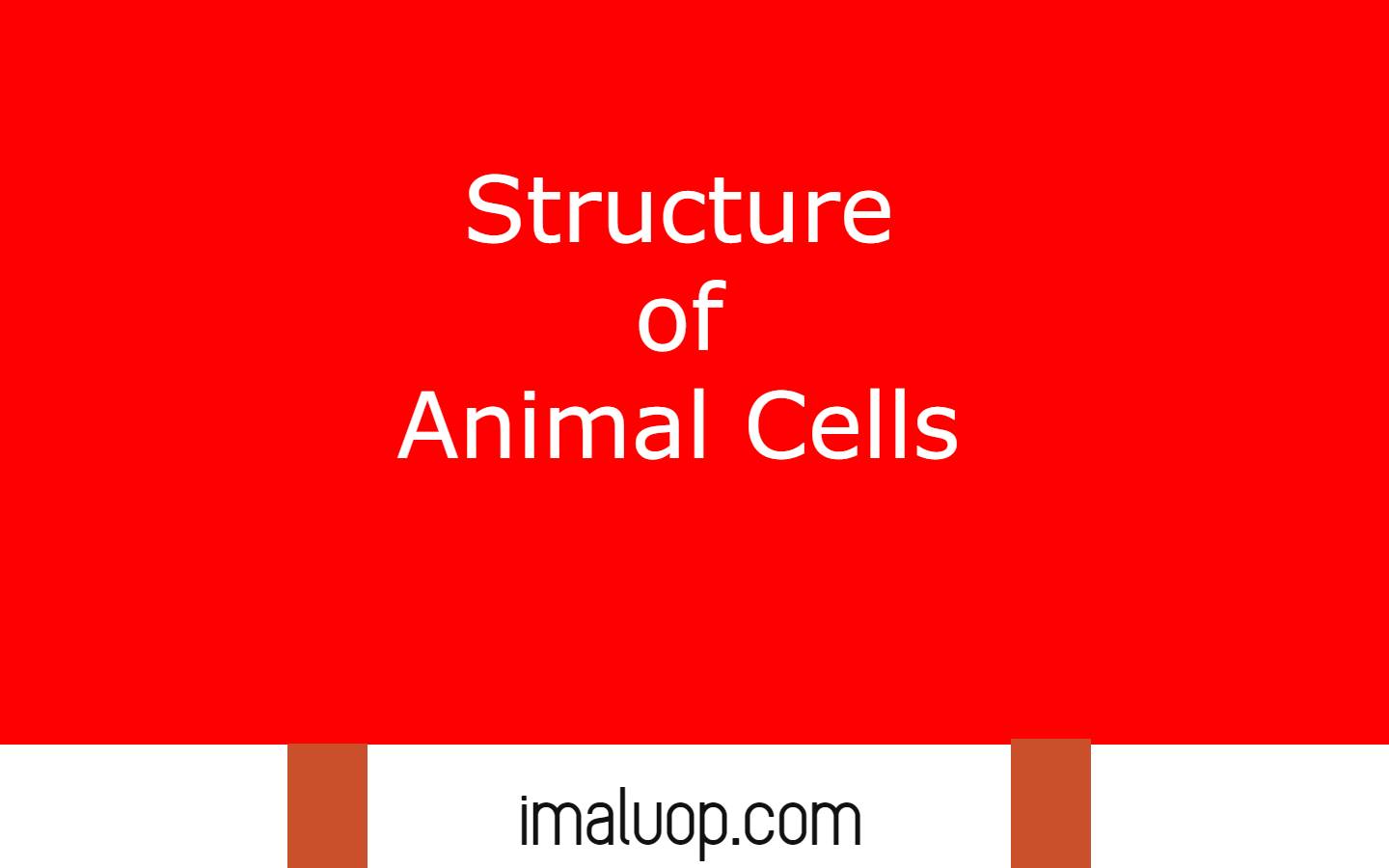Hi, today we are going to discuss the structure of animal cells which will give you a general overview about structure and different organelles in an animal cell.
Table of Contents
Basic Idea About Animal Cells:
Features present in different animals is the result of all the living cells present in an animal and cells present in animals are without cell walls, as animal cells are eukaryotic they have clear membrane bound true nucleus.
Animal cells show a great diversity in size; they range from microscopic size to the size which is visible in naked eyes, for example eggs of ostrich.
They also show large variation in shape some cells are rounded, some rectangular in shape, some are oval shaped while some have a spindle shape and their shape give them special advantages for example cells in squamous epithelium is like plate like which performs the function of creating protective covering on any organ.
Animal cells are eukaryotic which means they have multi chambers in a single cell in different cell organelles which make them easy to run different biochemical processes in different cell organelles without affecting others biochemical processes.
Structure of Animal Cells:
Generally animals cells are smaller in size than plant cells because animal cells do not have large central vacuole which occupies most of the spaces in plant cells and give them a bigger appearance.
As compared to plant cells, animal cells show irregularities in their shape because animal cells do not have hard walls which can maintain the shape of the cells as in case of plant cells.
Different cell organelles are present in animal cells for performing different functions but there are some cell organelles present in animal cells which are absent in plant cells below we will discuss different cell organelles in an animal cell.
Cell Membrane in Animal Cells:
Externally a cell is bordered by a thin membrane made of lipid bilayer and protein embedded in them which is semipermeable in nature. The membrane only permits the entry of required materials inside and outside of the cells; they do not give permission for any harmful material across the cell membrane.
Also cell membranes have different types of receptors for identification of required materials in cells and different carrier proteins to facilitate the transportation of various materials across the cell membrane.
Membrane Bound True Nucleus:
Animal cells are eukaryotic so their nucleus is bound by a membrane called nuclear membrane but here the nuclear membrane is present in a double layer which is also known as a nuclear envelope. Nucleus control the all major functions of a cell which have genetic material in the form of DNA and it have some sub organelles like chromatin, nucleosome, nucleolus.
Centrosome:
It is a special cell organelles in animal cells which take part in microtubules formation in cells and it is present near the nucleus, it has a thick centre and radiation like structure around them.
Lysosome:
It is a membrane bound sac like cell organelles which have different types of hydrolytic enzymes which take part in intracellular digestion and cell renewal process.
Cytoplasm:
The whole cell is filled by jelly like semi-solid colloidal substances which form the base for different cell organelles and the part of protoplasm present inside the nuclear membrane is known as nucleoplasm.
Mitochondria:
It is an organelles which takes part in the energy release process in a cell in the form of ATP and for this reason they are known as energy houses of a cell like nucleus they are also covered by double membrane and they are generally rod shaped or spherical shaped.
Golgi Apparatus:
It is responsible for processing of different biochemicals in animal cells present near the nucleus which performs manufacturing, storing, packing and transportation of different biochemicals in a cell.

Endoplasmic Reticulum:
Endoplasmic reticulum is a network of tubules like structure bound by cell membrane and it originates from the nucleus in which protein and lipid synthesis occurs.
Ribosome:
They are membrane-less cell organelles present in cells which take part in protein synthesis so they are known as protein factories of a cell sometimes they present in groups with a single RNA which is known as polyribosome.
Reference: Structure of Animal Cells
Read More: Anatomy of Cockroaches
Hi Everyone!!! Welcome to Imaluop. Imaluop always try to learn some new and he want to share to other people. Here we will try to learn various topics on Science, specially on Biological Sciences.
